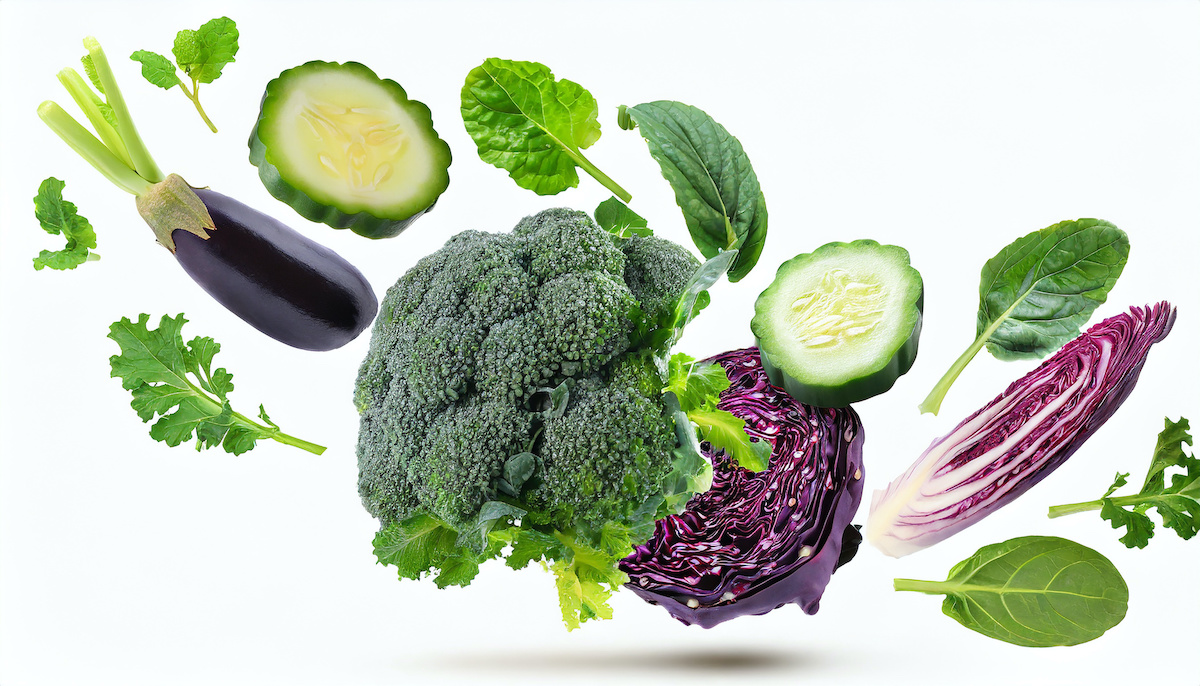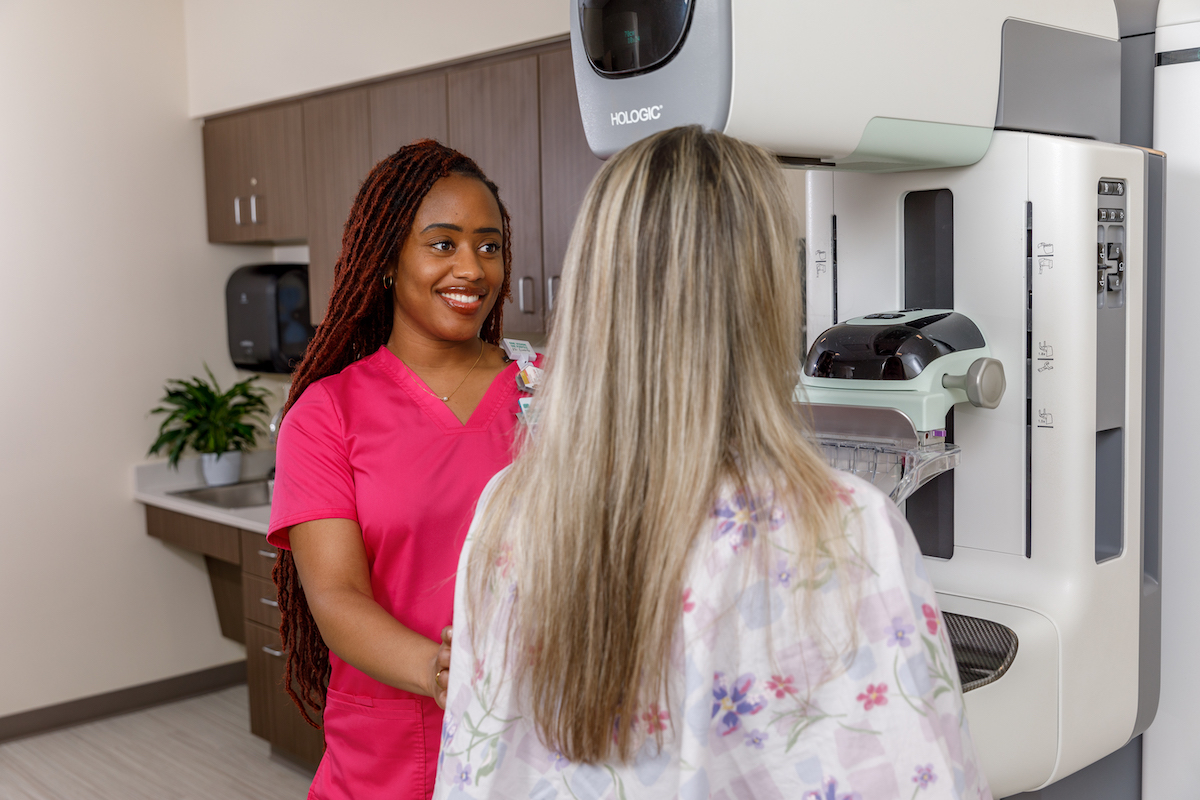
- Keeping blood pressure in a healthy range helps reduce the risk of heart attack and stroke.
- One study’s findings suggest that cruciferous vegetables such as broccoli, cauliflower, and kale may help lower blood pressure in adults with mild hypertension, pointing to another potential benefit of the vegetable group.
- People can make food choices that help with blood pressure management and choose to incorporate more cruciferous vegetables if appropriate.
Over one billion adults worldwide have high blood pressure, making it a critical subject of research and health interventions.
A study just published in BMC Medicine looked at how certain vegetables like broccoli and cauliflower might help reduce blood pressure in adults with mildly elevated blood pressure.
The researchers found that consuming four daily servings of cruciferous vegetables for two weeks, compared to an equivalent control intervention of root and squash vegetables, helped to lower 24-hour brachial systolic blood pressure by an average of 2.5 mmHg. This decrease could mean reducing the risk for major cardiovascular events by 5%.
How do cruciferous vegetables impact blood pressure?
High blood pressure, also known as hypertension, can increase the risk of heart attack and stroke, so it’s essential to control it. Controlling high blood pressure can involve dietary changes.
The researchers of the current study wanted to see how cruciferous vegetables, compared to root and squash vegetables, affected blood pressure. Cruciferous vegetables include vegetables like kale, broccoli, and cauliflower. Researchers measured how cruciferous vegetables affected 24-hour brachial systolic blood pressure. Systolic blood pressure is the top blood pressure number, which measures when the heart muscles contract.
Positive effects on blood pressure, triglycerides
Overall, researchers found that consuming cruciferous vegetables helped to decrease systolic blood pressure during the day after the two-week intervention but did not seem to impact nighttime systolic blood pressure.
The researchers also found that participants in the active intervention experienced a significant decrease in serum triglyceride levels compared to the control group.
Both groups also lost weight, which can be an important component of blood pressure management. However, since they lost similar amounts, weight loss doesn’t seem to be the reason for the differences in blood pressure between the two groups.
Eating more cruciferous vegetables can help blood pressure
Overall, this study suggests that cruciferous vegetables help lower systolic blood pressure, but they also have other health benefits that people may want to take advantage of.
“Cruciferous vegetables are mainly your leafy greens like kale, collard greens, cabbage, brussels sprouts, etc. They also include cauliflower and broccoli. They are all known to have glucosinolates, which may be able to help fight cancer. They are also loaded with fiber, which helps lower cholesterol and improve gut health and vitamin C which is good for your immune system. Cruciferous veggies are also good for your blood since they have vitamin K (which is important for blood clotting) and folate which helps produce red blood cells.”
— Karen Z. Berg, MS, RD, CSO, CDN
People who want to make changes to their diet to improve blood pressure should always do so safely with help from medical professionals who understand their unique circumstances and dietary needs.
Christopher Berg, MD, a board-certified cardiologist who was not involved in the study, also noted the following about the study’s findings:
“Often, the most successful dietary changes are ones that are sustainable – usually small incremental changes made over time. Think more like ‘add one serving of vegetables to each dinner’ rather than ‘forsake all meat starting Monday’.”
For those interested in eating more cruciferous vegetables, Karen Berg offered the following tips:
- “Many cruciferous veggies can be eaten raw, or simply grilled. Some easy ways to incorporate them into your diet is by adding kale to a breakfast smoothie, making salads with brussels sprouts or shaved cabbage, or simply snacking on raw broccoli or cauliflower with hummus.
- Make a plan to try one new cruciferous vegetable per week so that you add variety and spice things up!”
Source: Adapted and excerpted from an article by Jessica Freeborn.












